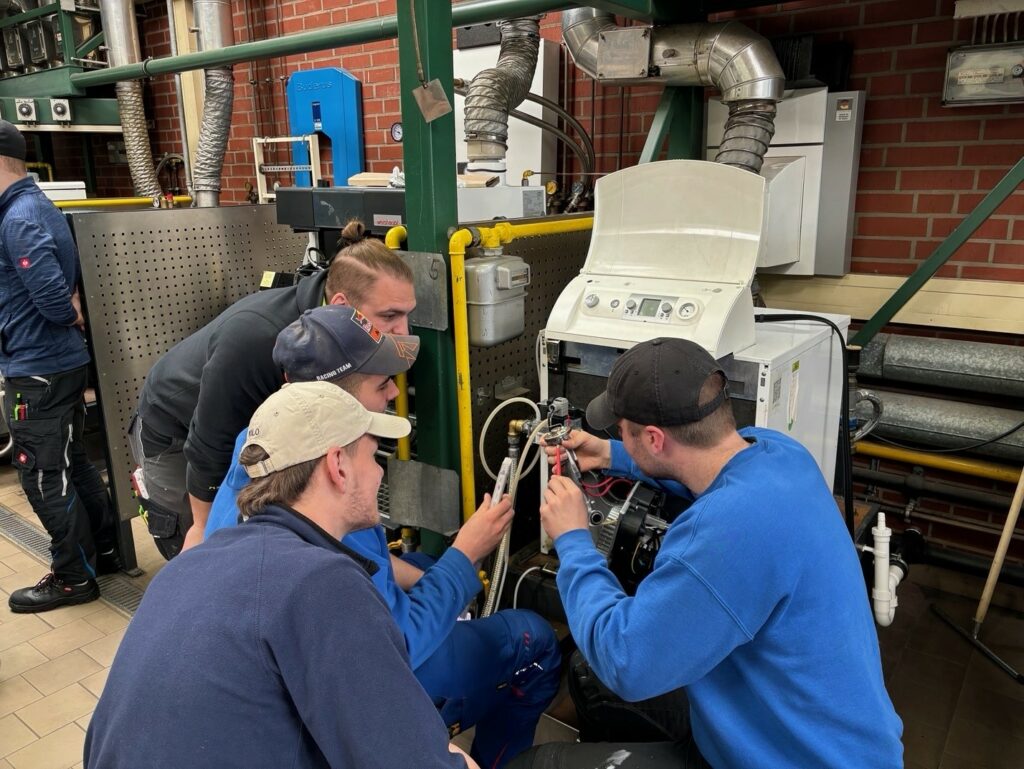
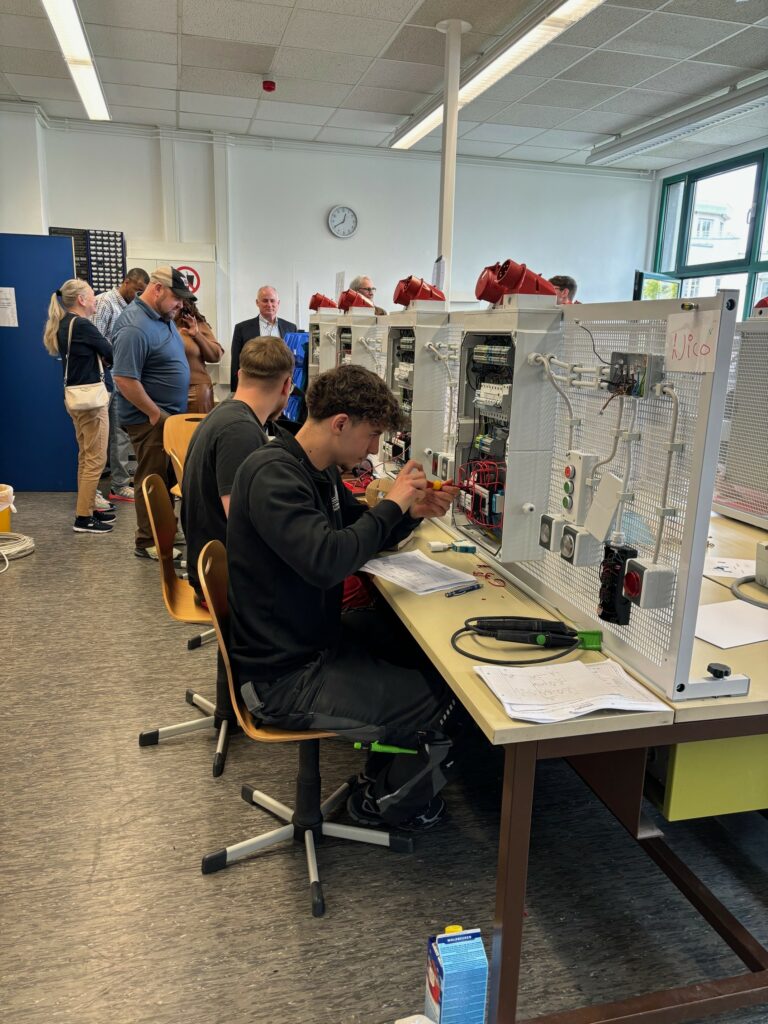

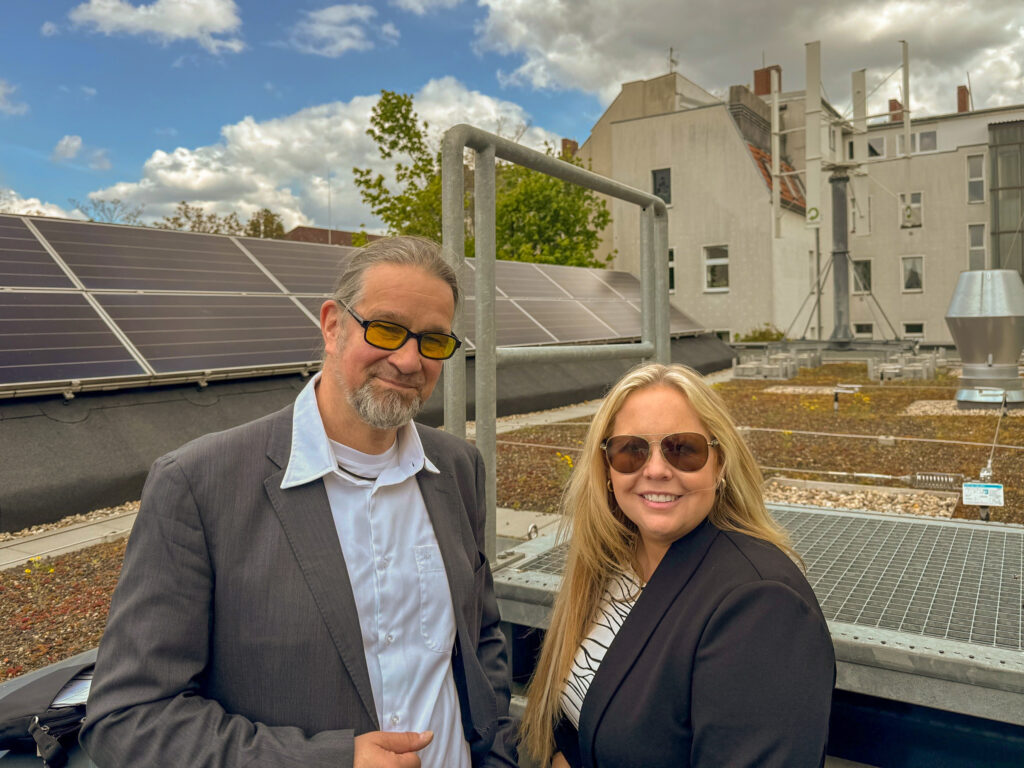
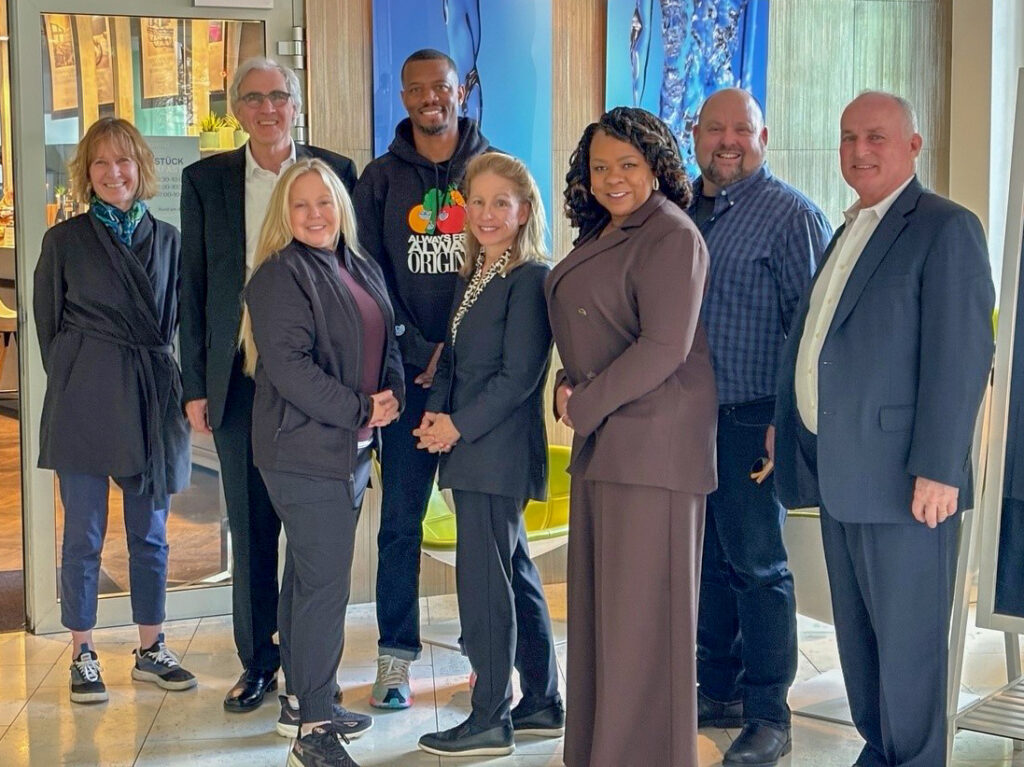
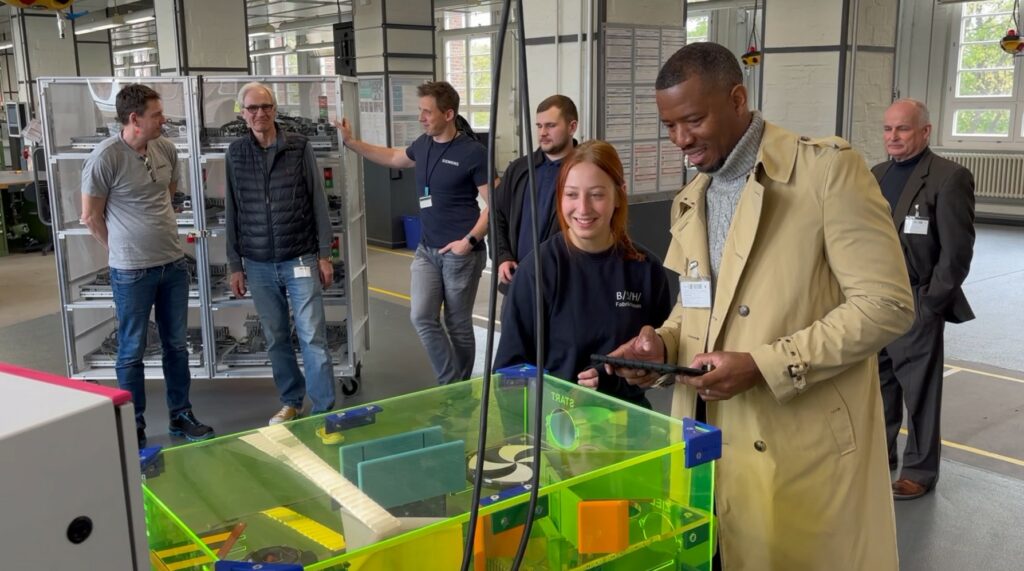
This past April, UWM’s Institute of World Affairs Director, Doug Savage, traveled to Bonn, Koblenz, and Berlin Germany with leaders from the Wisconsin Department of Workforce Development and Milwaukee Area Technical College to research new strategies to boost apprenticeship on both sides of the Atlantic. Upon his return, he shared some insights from his travels abroad and strategies we can further explore.
Q. Please tell us the purpose of your recent trip to Bonn, Koblenz, and Berlin with faculty from MATC and representatives from Wisconsin’s Department of Workforce Development (DWD).
A. Building on previous programming and exchanges, the trip was designed to explore best practices in Germany for creating student pathways into skilled apprenticeships and resulting careers supporting the 21st century economy. The goal is to develop a comprehensive educational model in Wisconsin in which students can begin their training in high school through dual enrollment programs, obtain professional certification through apprenticeships and technical college curricula, and if they choose, continue on to a university degree.
Q. DWD outlined seven (7) key strategies from the exchange that merit further exploration. Which are the most important for Wisconsin’s Registered Apprenticeship and Youth Apprenticeship programs?
A. Efforts to more clearly highlight career pathways that include technical training beginning in high school would be highly impactful. A key part of this process is to demonstrate that while apprenticeships and technical training yield good employment possibilities by themselves, they need not be self-contained, terminal educational tracks. Rather, the acquisition of technical skills can be part of a larger educational universe in which students are free to continue into careers requiring a university degree.
Q. The NRC Title Grant is designed to fund activities that prepare our diverse student population with 21st-century global competencies. Please detail how your project furthers this objective.
A. An important concept in the German education model is permeability, the ability of students to move between various pathways of instruction and training. Rather than requiring students and parents to irrevocably choose between a four-year university degree or technical education beginning with an apprenticeship, a permeable system allows for movement between the two.
In practice, this allows students who begin their careers with a skilled apprenticeship and technical college credential to continue their education at the university level. Students who have been trained in a technical field can pursue careers that build on the skills they have acquired while opening new areas of employment to them. For example, someone trained in a hands-on aspect of manufacturing could follow up with a university degree in a STEM field or a focus on business. In this way, students gain both practical and theoretical competencies that enhance their opportunities in the 21st century economy.
Q. What is the biggest takeaway from your recent travel? How do you and your colleague at MATC plan to apply what you learned at your respective institutions?
A. The trip allowed participants to place technical education into a global context, suggesting strategies to both enhance career opportunities for Wisconsin youth and address the state’s workforce development needs. This includes exploration of ways students at MATC and UWM can navigate a more holistic system in which technical education and a university degree are not either/or options but complementary parts of a wider system.